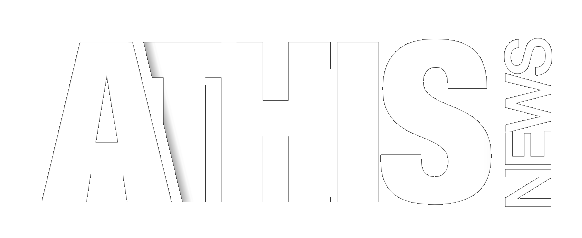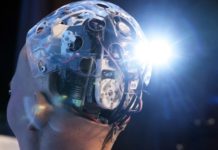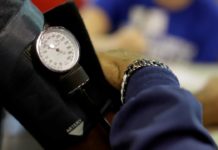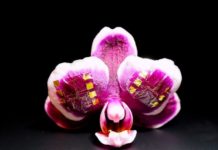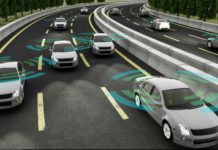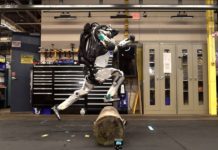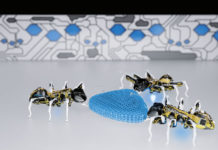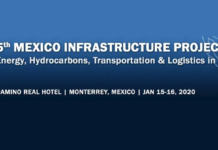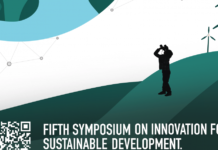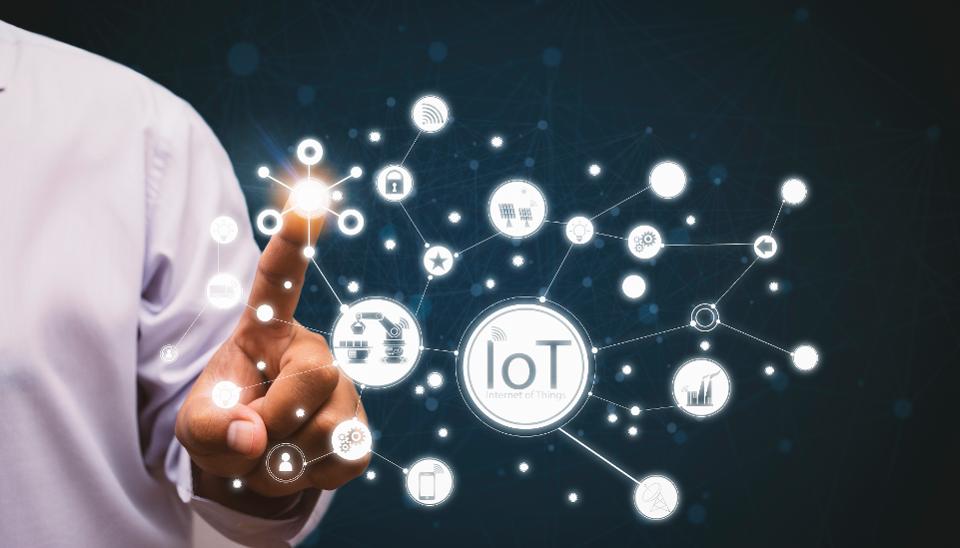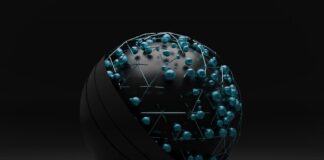It started with “every company is a technology company,” moved to “every business is a digital business” and now I think we’re at “every industry is an internet of things (IoT) industry.”
The technology that powers an organization has become just as essential to success as the product or service a venture provides. Every sector — from finance to agriculture to transportation to healthcare to government to media — is subject to this truth. Business technology must now interconnect people with the proliferating devices, data and systems that populate our digitalized world via the internet. The type of infrastructure that enables a business to address this evolution is dubbed the industrial internet of things (IIoT), but it really isn’t a separate concern. It’s all part of the same movement pushing modern commerce into its future state.
Digital Transformation
“Digitalization” is defined by Gartner as leveraging digital technologies to change business models and provide new revenue and value-producing opportunities. It is an evolutionary process that has been well underway across industry for some time and dovetails with Industry 4.0 (aka the Fourth Industrial Revolution). Briefly, digitalization makes business future-ready with technology that enables:
- Interoperability
-
Information transparency
-
Automated assistance and support
-
Decentralized decision making
These four goals are reflected in a digitalized business via systems, devices and people that connect and communicate with each other over the internet. A digitalized business’ information systems will enhance operations by collecting data and transforming it into insight and action that supports the business. Ultimately, digitalized business systems will be able to make many decisions without the need for human involvement and to perform specific tasks autonomously. These cyber-physical capabilities comprise a functioning industrial internet of things infrastructure, with everything from the tiniest sensors in manufacturing equipment to data-visualization dashboards used to perpetuate organizational health.
Successfully transforming a business to meet those criteria is not a simple process, but it results in an enormous competitive advantage. A recent study of digital transformation in over 400 companies conducted by The Massachusetts Institute of Technology Center for Information Systems Research (MIT CISR) and management consulting firm AlixPartners found that 23% of those businesses could be considered “future-ready.” That means they had digitally transformed their business operations and customer interface. As a result, their net margins were 16% higher than the industry average.
Complexity Roadblocks
With such healthy returns at stake, one might wonder why less than one-quarter of those companies were considered future ready. The truth is that transformation into a functioning IIoT-powered entity is an incredibly complex endeavor involving multiple layers of systems with vastly different power, computation and connectivity requirements — all generating different types of data.
As a recent analysis from Stacey Higginbotham aptly explained:
“A machine in a factory likely has some type of sensor and data flow associated with it. However, it is rarely connected to the internet, and the data doesn’t get aggregated with other factory data. When factories try to connect all of their machines to get data in aggregate they need to bring the many types of data to a central software program. This can happen if companies connect their machines to an intranet or internet and if the manufacturer does the hard work of turning the individual data from each machine into something that other machines can interpret.”
That’s an arduous technical process that has, itself, driven the development of new technology. Getting all the machines (or “things”) to be capable of working together to serve the people within an organization is the crux of recent activity around injecting machine learning, edge computing, predictive analytics, digital twinning, etc. into business information technology (IT) infrastructure.
This movement has been underway for quite a while now, but the velocity at which it is transpiring has increased. IIoT technologies are becoming increasingly interdependent and involved in core business functions — and essential in supplying new value opportunities.
It’s no longer enough to have a system with sensors that can alert an operator when a ship’s engine is malfunctioning. You now need a system with sensors within the ship’s engine that will predict impending failure, diagnose the problem, cease operation if necessary to save a high-cost asset, alert an operator to begin repair efforts and automatically notify a partner 2,000 miles away and 300 steps down the supply chain that their order may arrive late. Further fueling the digitalization frenzy, organizations cannot necessarily foresee the opportunities and revenue streams that will be produced prior to implementing a functioning system. Just as Twitter was originally created to serve as an internal text-message service for employees at a long-forgotten podcasting company, similar next-generation opportunities will emerge from unexpected corners of IIoT businesses.
For example, digitalized telecommunication giants have morphed into internet service providers, with mobile and entertainment services producing most revenue (and driving big forays into content). The technology infrastructure underpinning this transformation surfaced new opportunities for new services and value-generators that have completely redefined what used to be phone or cable companies. And those opportunities are still emerging. For example, mostbroadband households in the U.S. now use Wi-Fi. That advancement created entirely new challenges like Wi-Fi hogging. How long before we can expect AT&T or Verizon to start offering in-home load balancing and “intelligent” network prioritization so that mom’s Skype call with the office doesn’t get thwarted by the kids playing Fortnite in the den?
While that scenario might not seem the most-obvious example of digitalization or industrial internet of things capability, it is precisely fitting. Supporting such a service would require a vast network of people, device and systems connected over the internet, exchanging data and transforming it into specific action performed autonomously — that sounds a lot like the IIoT. It also sounds like the future of business.
Source: https://www.forbes.com

